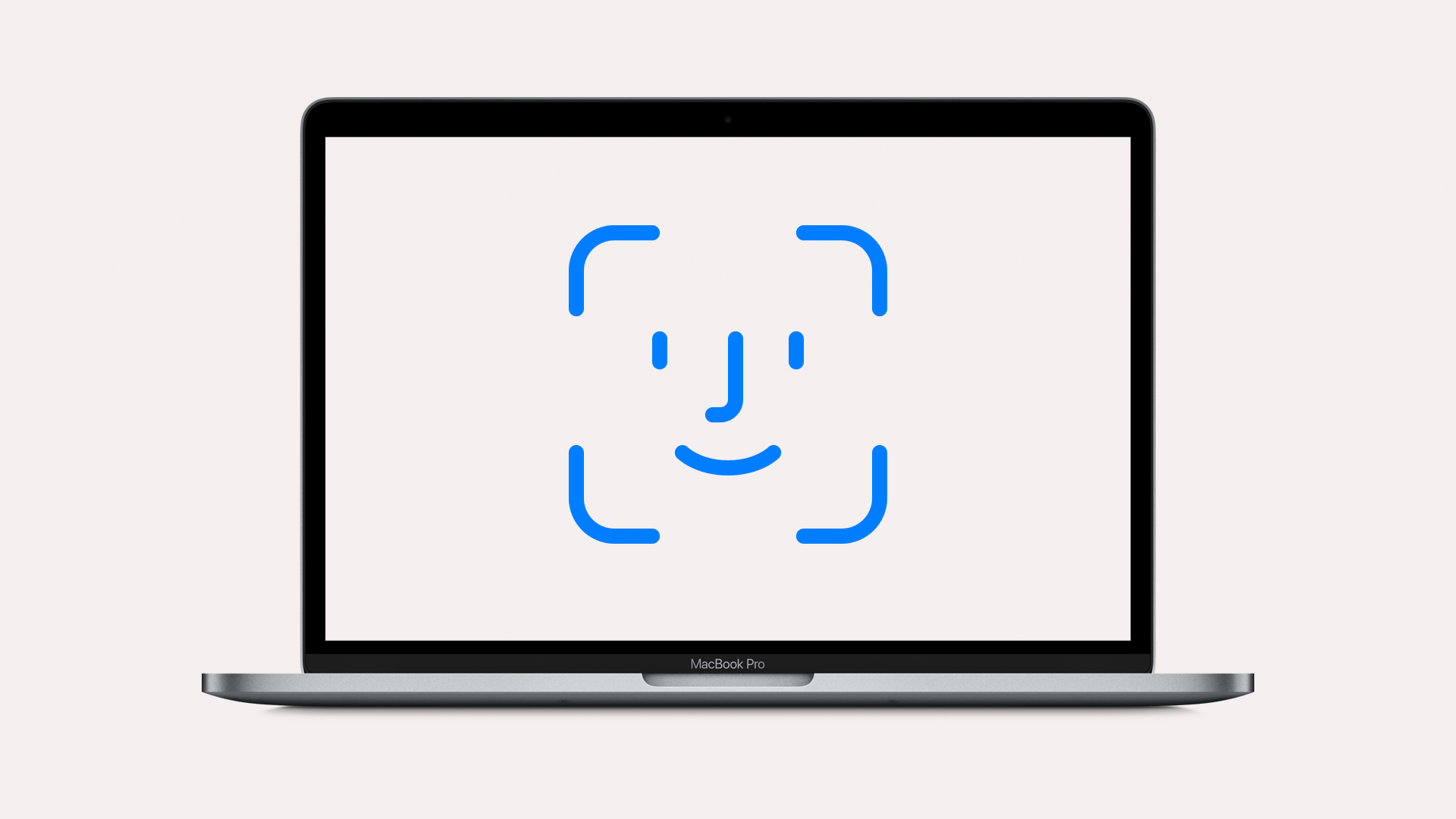Hell's Point Mac OS
| Hellpoint | |
|---|---|
| Developer(s) | Cradle Games |
| Publisher(s) | tinyBuild |
| Engine | Unity |
| Platform(s) | Microsoft Windows Linux MacOS PlayStation 4 Xbox One Nintendo Switch PlayStation 5 Xbox Series X/S Google Stadia |
| Release | July 30, 2020 |
| Genre(s) | Action role-playing |
| Mode(s) | Single-player, multiplayer |
Hell's Point Mac Os X
Annual operating system upgrade hell. I've replaced my primary Mac computer 4 times and the operating system 9 times in the same 13 year period my $1000 Dell Pentium XP tower. Or running out of parts around the 3 year point regardless as that's when AppleCare expires and they want one to buy a whole new machine. Mac OS X Snow Leopard (version 10.6) is the seventh major release of macOS, Apple's desktop and server operating system for Macintosh computers. Snow Leopard was publicly unveiled on June 8, 2009 at Apple’s Worldwide Developers Conference.On August 28, 2009, it was released worldwide, and was made available for purchase from Apple's website and retail stores at the price of US$29 for a.
Hellpoint is an action role-playing game developed by Cradle Games and published by tinyBuild, released for Microsoft Windows, Linux, MacOS, PlayStation 4, and Xbox One on July 30, 2020. The player takes on the role of a nameless humanoid stranded on derelict space station Irid Novo, and must battle vicious creatures in order to solve the mystery behind the events that happened there. Irid Novo orbits around a massive black hole; the station's position in relation to the black hole affects the strength of enemies.[1][2] A Stadia and Nintendo Switch versions were released on February 25, 2021,[3] with PlayStation 5 and Xbox Series X/S versions are set to be released in 2021.[4]
Gameplay[edit]
In Hellpoint, the gameplay revolves mainly around combat. The player has both light and strong attacks in their arsenal, as well as an evade mechanic. The game progress can be saved at breaches which do not resurrect foes as they respawn after a certain amount of time. Up to two healing injections can be stored. The healing gauge is refilled by dealing damage to monsters. The game relies heavily on exploration, offering a number of secrets to discover. They may be hidden behind secret doors or in seemingly inaccessible places that can be reached by utilizing the jump mechanic.[5][6][7]
Hellpoint has been dubbed a 'Soulslike' game, due to similarities in the gameplay mechanics to From Software games such as Dark Souls and Bloodborne.[2]
Development[edit]

Kickstarter campaign[edit]
In 2017, Cradle Games initiated a Kickstarter campaign to fund the development of their project. With the initial goal of CA$50,000, they managed to gather CA$64,500 over a span of two years. In 2019, the project was declared funded.[8][9]
Critical response[edit]
| Aggregator | Score |
|---|---|
| Metacritic | PC: 64/100 (25 critics)[10] PS4: 59/100 (17 critics)[11] XONE: 68/100 (7 critics)[12] |
| Publication | Score |
|---|---|
| IGN | 6/10[13] |
Hellpoint received 'mixed or average reviews' from critics, according to review aggregatorMetacritic.[10][11][12]
Playable sequel chapter[edit]
A playable sequel chapter to Hellpoint, Hellpoint: The Thespian Feast, was released on Steam on February 20, 2020. The events of this chapter take place half a century after the events of the main game.[14]
References[edit]
- ^'Sci-fi fantasy RPG Hellpoint will be released at the end of July – TheSixthAxis'.
- ^ ab'Preview: Hellpoint is an exciting indie Souls-like game and I love it'. Windows Central. February 11, 2020.
- ^'Hellpoint for Switch launches February 25'. Gematsu. January 12, 2021.
- ^Romano, Sal (November 4, 2020). 'Hellpoint coming to PS5, Xbox Series in 2021'. Gematsu. Retrieved November 4, 2020.CS1 maint: discouraged parameter (link)
- ^'Hellpoint Is A Souls-Like With Some Cool New Ideas'. Kotaku.
- ^'Hellpoint Preview'. ScreenRant. April 29, 2020.
- ^Powell, Kai (April 29, 2020). 'Hellpoint Preview - In Space, No One Can Hear You Throw Your Controller'.
- ^Prescott, Shaun (February 5, 2020). 'Hellpoint is a horror sci-fi Souls-like releasing in April'.
- ^Luces, Mike (May 1, 2017). ''Hellpoint' Dev Turning To Thunderclap As Sci-Fi RPG Struggles To Reach Kickstarter Goal'. International Business Times.
- ^ ab'Hellpoint for PC Reviews'. Metacritic. Retrieved December 28, 2020.
- ^ ab'Hellpoint for PlayStation 4 Reviews'. Metacritic. Retrieved December 28, 2020.
- ^ ab'Hellpoint for Xbox One Reviews'. Metacritic. Retrieved December 28, 2020.
- ^Jagneaux, David (July 29, 2020). 'Hellpoint Review'. IGN. Retrieved December 28, 2020.
- ^Hellpoint: The Thespian Feast Is a ‘Free Playable Sequel’ Chapter Out Now on Steam
Hell's Point Mac Os 11
Though the hardware requirements for macOS Catalina (due out sometime in October) haven’t changed from macOS Mojave (apart from dropping the 2012 Mac Pro–not to be confused with the MacBook Pro), the one big change that has people concerned is that Apple is finally dropping support for 32-bit apps and going entirely 64-bit. This has been coming for years, as Apple only released a few 32-bit Intel Macs in early 2006 when they first switched to Intel
Hell's Point Mac Os Catalina
But first a little background.

So what is 64-bit and why do I care?
When programming processors and software, every piece of information that needs to be stored or accessed has to have an address. In other words, when you launch an app and it’s running, it has to remember what you are doing and load your open files and computer instructions, and all of those parts have to be loaded into memory. And more importantly, later retrieved. With a memory address that is just 32 bits long, you can only reach the first 4 GB of RAM. So those older programs are unable to take advantage of your fancy new computer that has 8 or 16 GB of RAM.
Think of it this way. If you’re filling out a paper form, sometimes they give you a box for each letter. But your street address simply cannot fit because you live on a street with a long name and you have an apartment number. You can write it outside of the boxes and hope that’s okay with whoever reads the form, but unlike a
More RAM is why we went to 64-bit, but there are other reasons we are dropping 32-bit and making the full switch. For the past decade-plus, macOS has supported both 32-bit and 64-bit. Which means that many components of the system software had to be duplicated. So extra storage was consumed, extra computer resources were needed to keep both systems running at once, and extra engineering was needed to write and test both systems. By simplifying and cutting off the 32-bit parts, our computers and the engineers at Apple will both have more resources and time to focus on the 64-bit parts, resulting in more efficiency and better reliability.
But isn’t this just putting off the inevitable? Are we going to have to go to 128-bit at some point? Well sure, in theory, but each bit is exponential so it’s going to be a very, very long time. 64 bits gives us access to 16.8 billion gigabytes. That’s a lot more than the 8 or 16 that our computers have today.
Do I have 32-bit apps?
While Apple does warn you about incompatible apps before upgrading to Catalina, you are only warned about apps that have been used in recent months. For most people that’s fine–if you haven’t used the app in a while it’s probably no longer used. But if you want to be more thorough or if you want to plan ahead so your upgrade plans don’t get stymied, you can download the free Go64. It will thoroughly scan your computer and has some tools to help you decide what to do.
Hell's Point Mac Os Download
What are my options if I have 32-bit apps?
Basically, you have five options that I can think of:
- Abandon or uninstall them. If it’s an app that you just don’t need anymore you can simply forget about it. You can uninstall it if you want to keep things tidy or if you want to trim up some storage, but strictly speaking since the old program won’t run
anyway you don’t really have to delete it if you don’t want to. It won’t bog anything down. Some programs might have an uninstaller that is also 32-bit (like the Google Talk plugin or Adobe Flash Player), so if you want to use their uninstaller you will need to run it before upgrading to Catalina. For other apps, I’m a big fan of the lightweight, free AppCleaner. - Upgrade them. Particularly if you use the apps as a primary tool to earn a living or if it’s a free upgrade it makes sense to upgrade, assuming the authors have updated the apps to make them compatible. You may just need to check their website to see what options you have. Sometimes it’s a free patch, sometimes it requires getting an entirely new version. You can find their support pages or locate them on Facebook or Twitter.
- Find an alternate. Depending on how much you need that specific piece of software a cheap or free option might be a completely alternate piece of software. I’m a fan of almost every alternative to Microsoft Office. And instead of Photoshop, I use Pixelmator.
- Delay upgrading to Catalina. This is an option, but remember it’s only delaying the inevitable. If you run macOS Mojave, the last software to support these old apps, you’ll still receive security patches for the system until the fall of 2021 if Apple continues its current pattern. At that point, I really do recommend you take the plunge if you intend to keep your computer connected to a network.
- Install Mojave in a Parallels or VMware virtual machine. If you aren’t familiar with virtual machines this is probably not the answer for you, as it can be quite intimidating and require huge resources of your computer, but if you absolutely must use an old 32-bit app for some reason this will allow you to keep a copy of an old OS around for those specific needs but you can use Catalina for your day-to-day work.
The big ones you’ll have to watch out that a lot of people use that will abslutely stop working in Catalina are:
- iPhoto
- Aperture
- Quicken 2007
- Microsoft Office 2011
- Adobe Creative Suite, any version
- A LOT of older video games will stop working
Other upgrade concerns
64-bit capabilities aren’t the only concern with upgrading your system software, this is simply a unique concern that we haven’t had to consider when upgrading macOS in the past. You’ll still want to check the support pages for each one of your apps you depend on to see if they are compatible or if compatibility is coming. Typically the ones you have to watch out for especially are Quicken, Quickbooks, Microsoft Office, Adobe Creative Cloud (it took them about six months to fix their software properly for Mojave), and Vectorworks. A great third-party resource to check for compatibility is Roaring Apps.